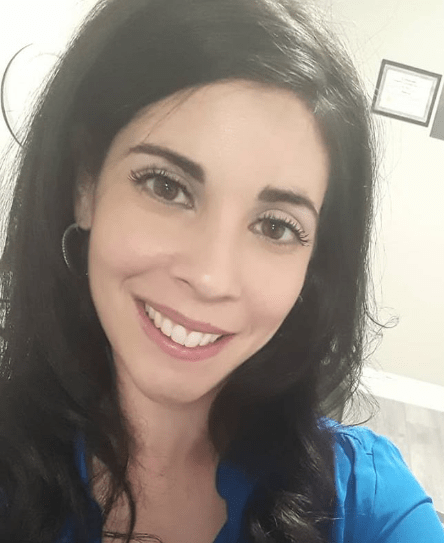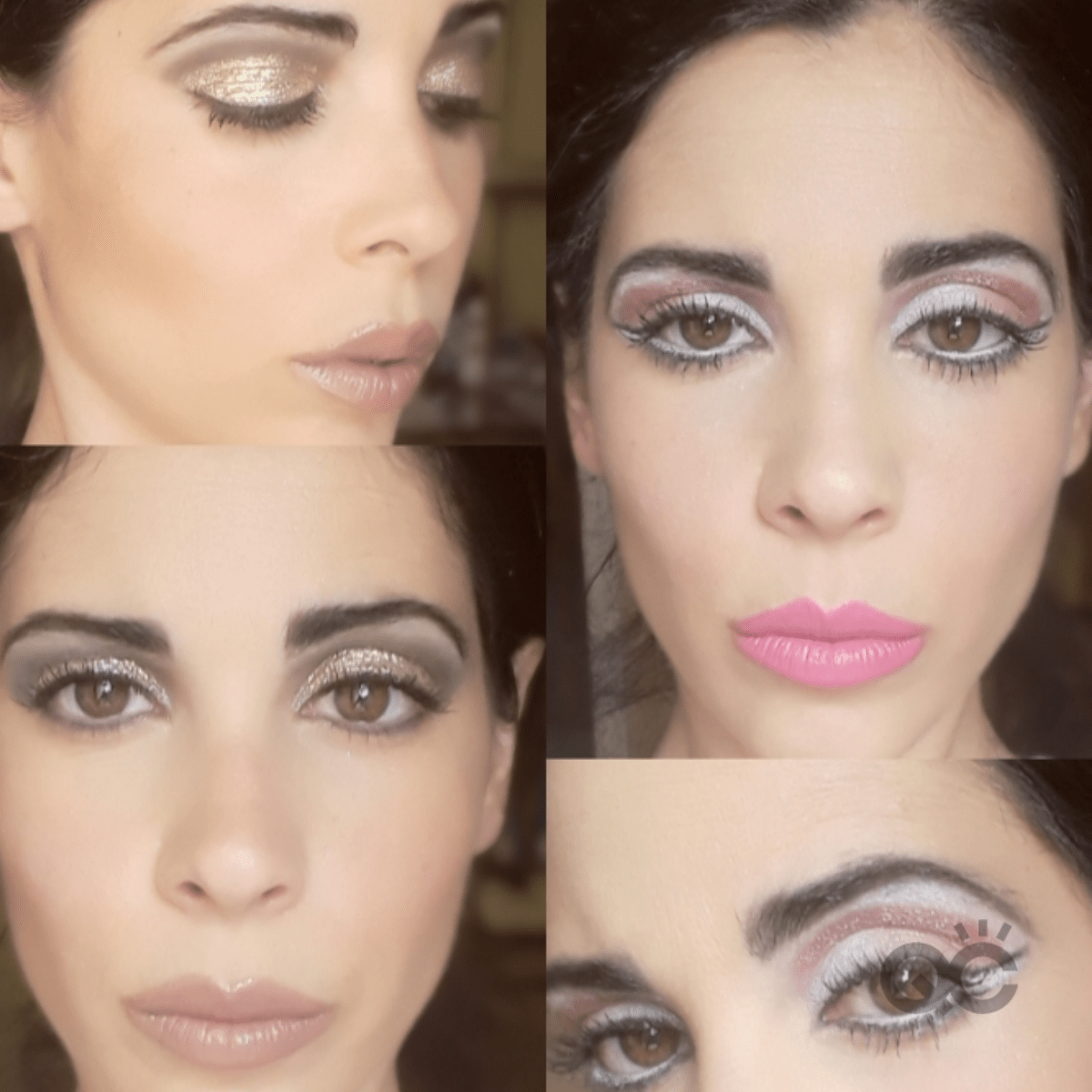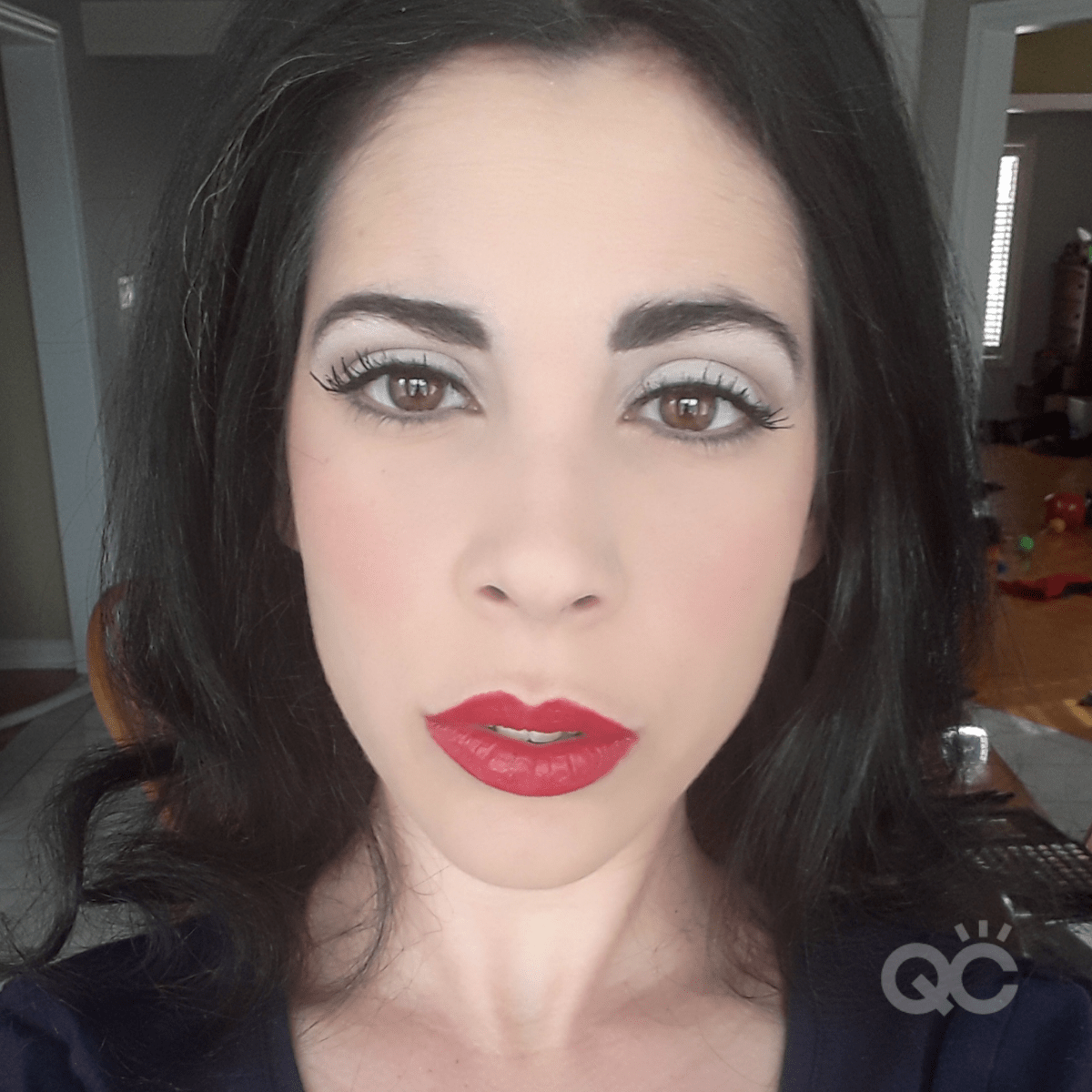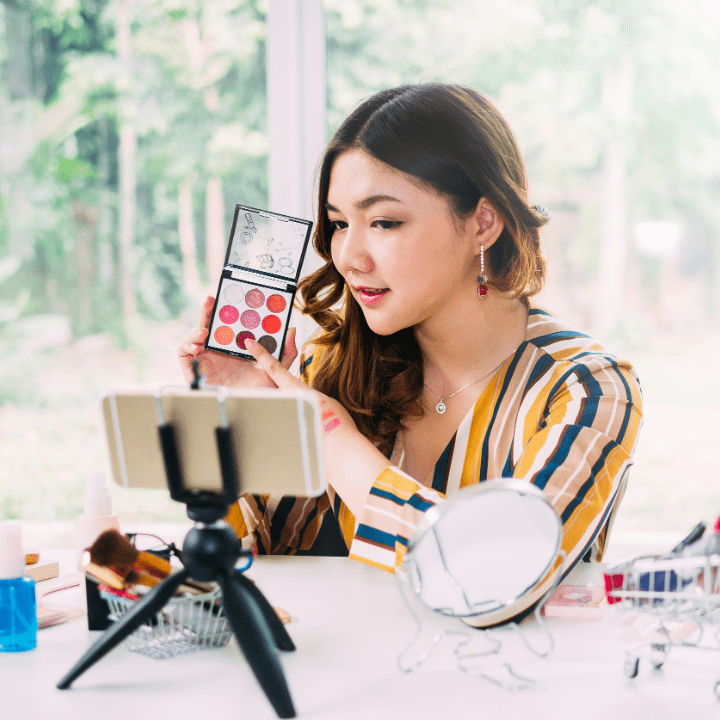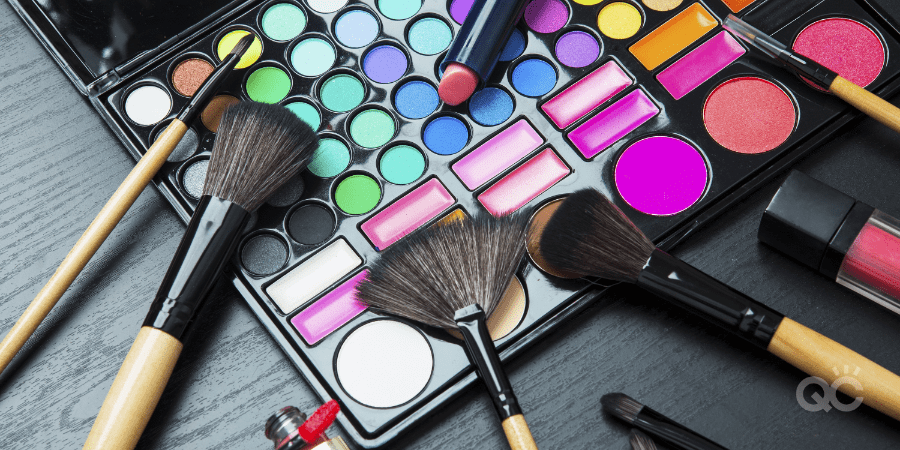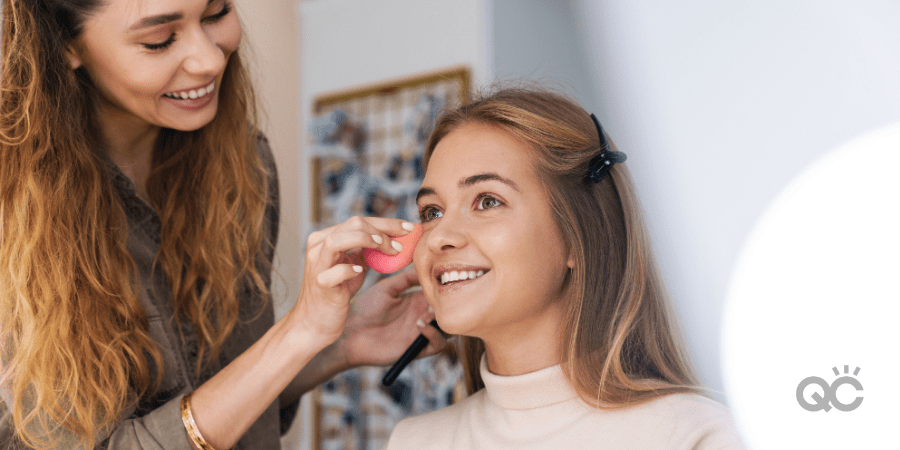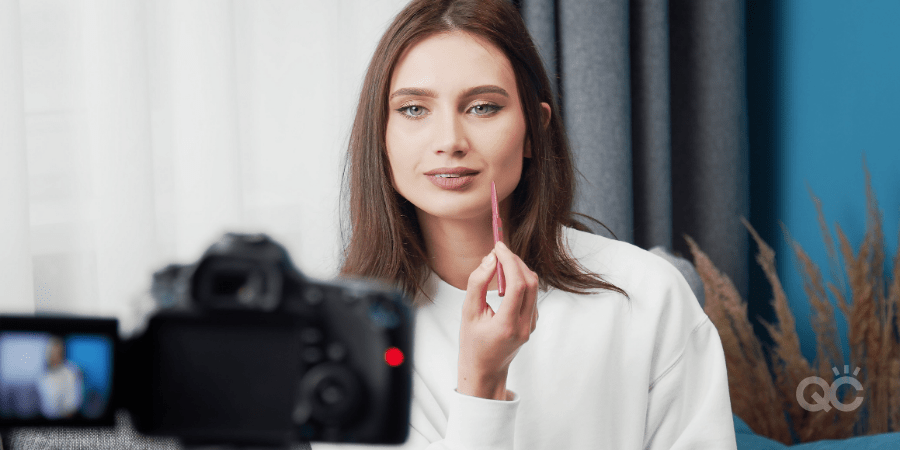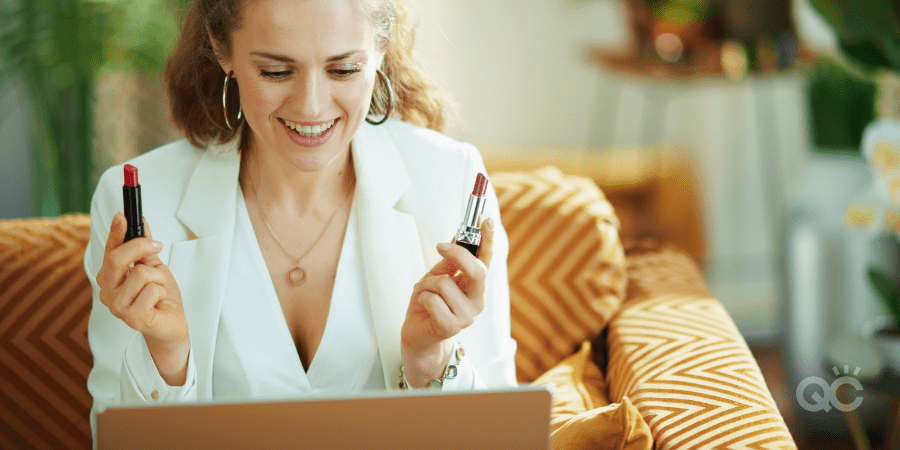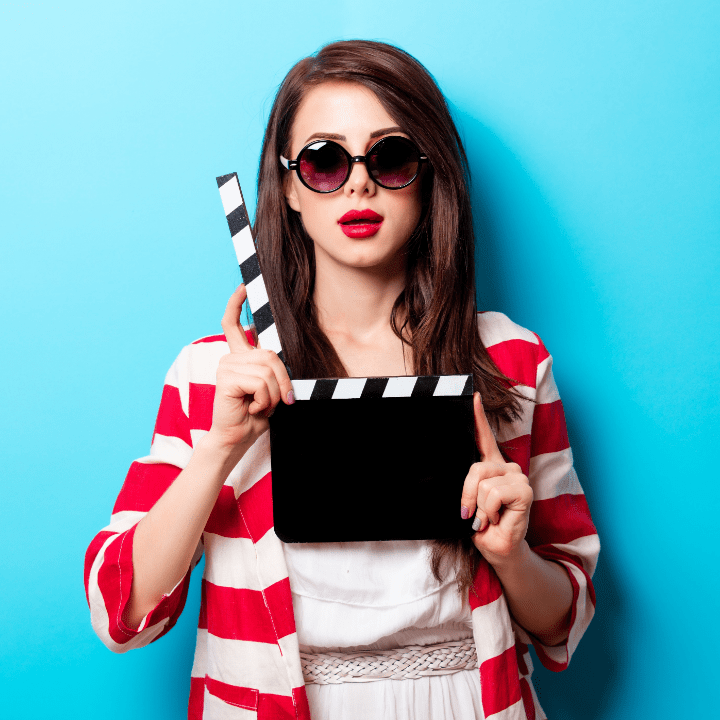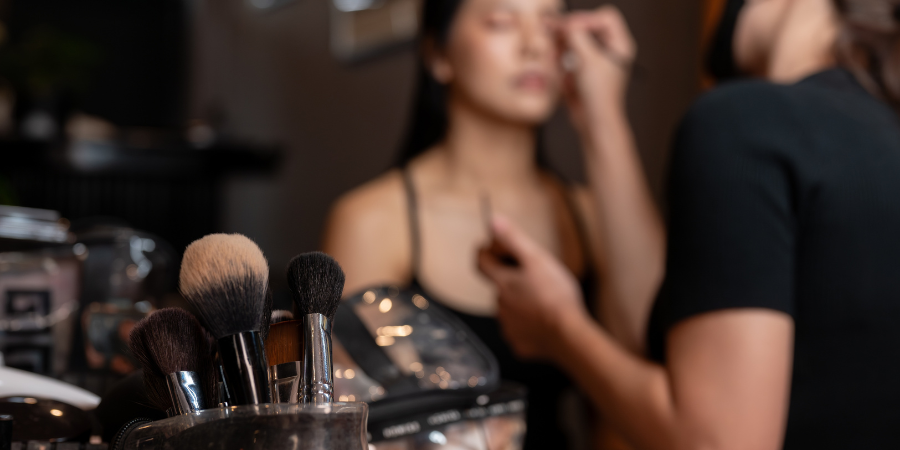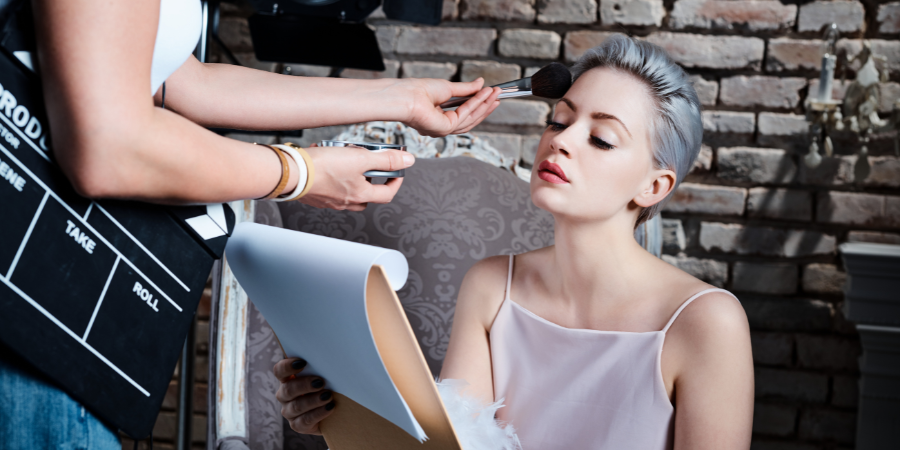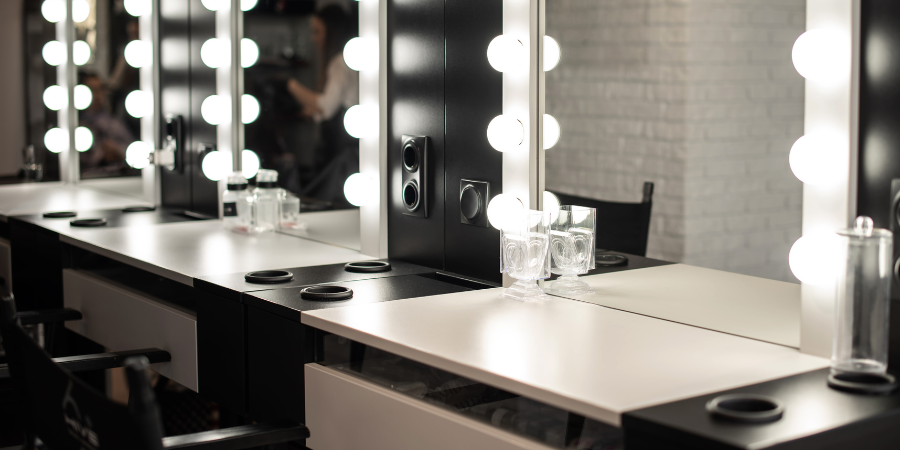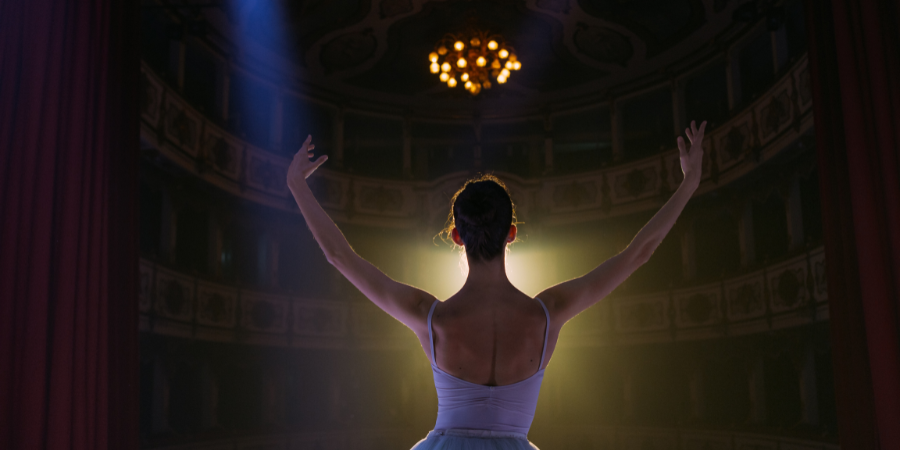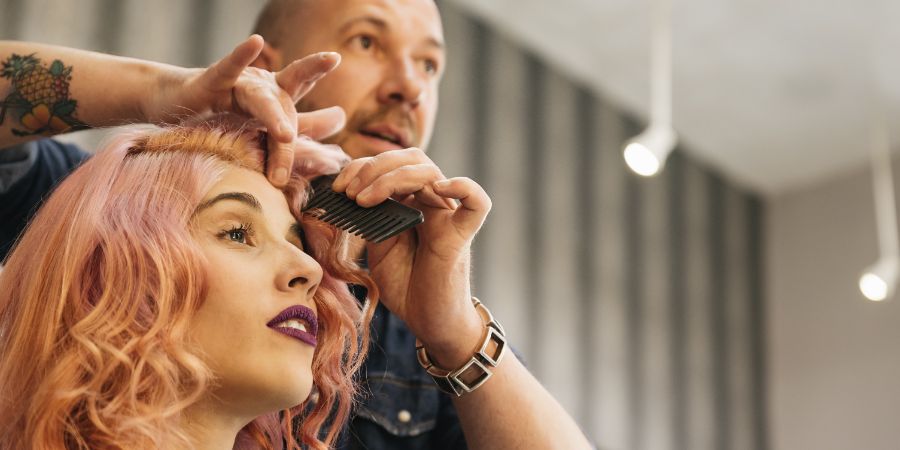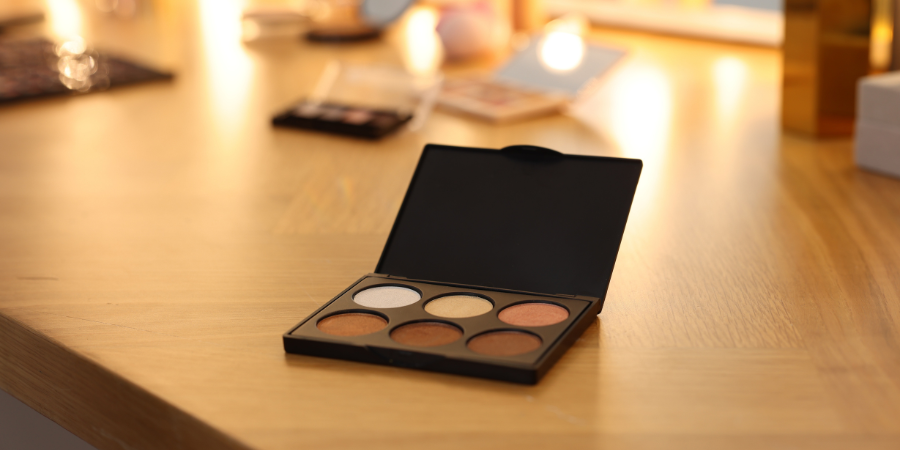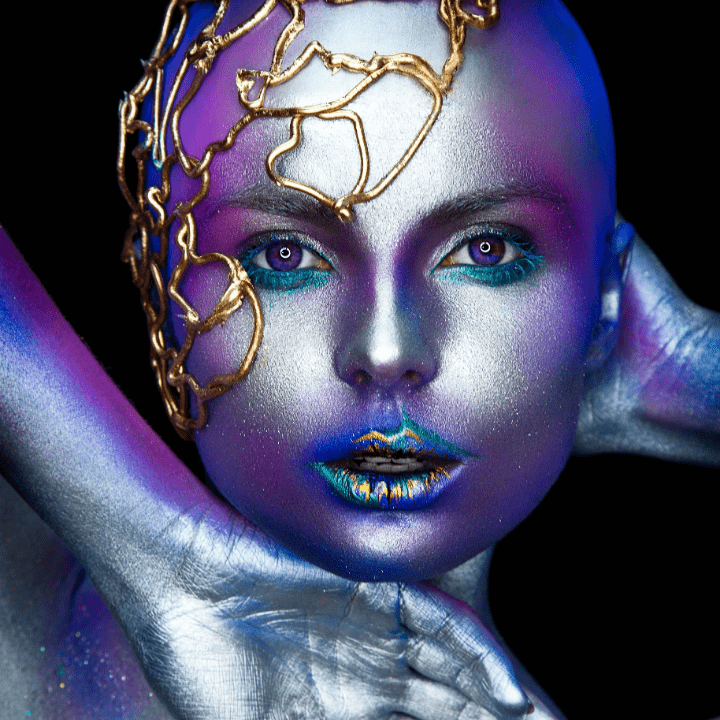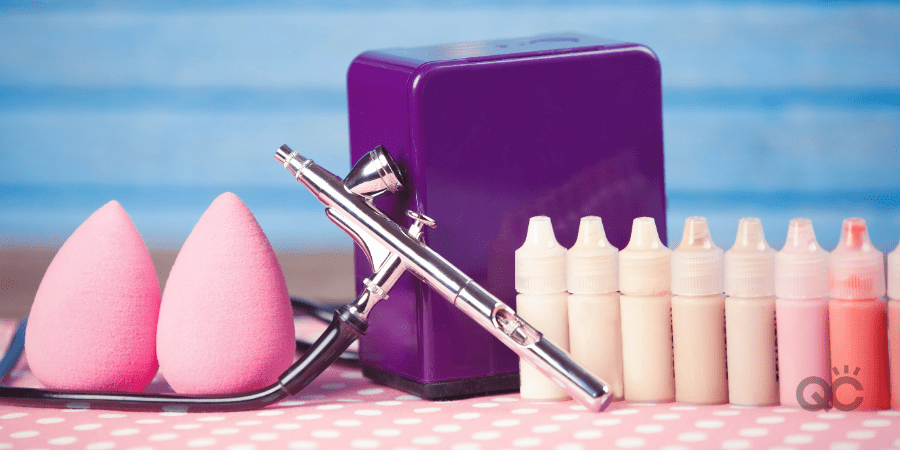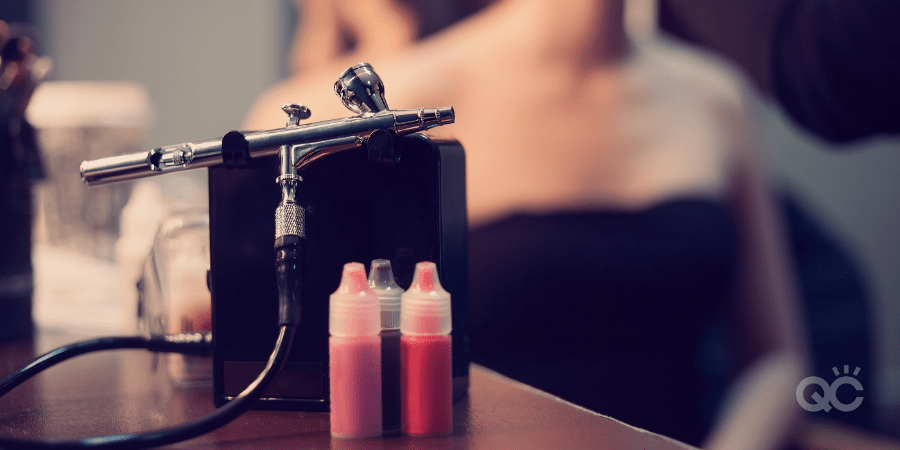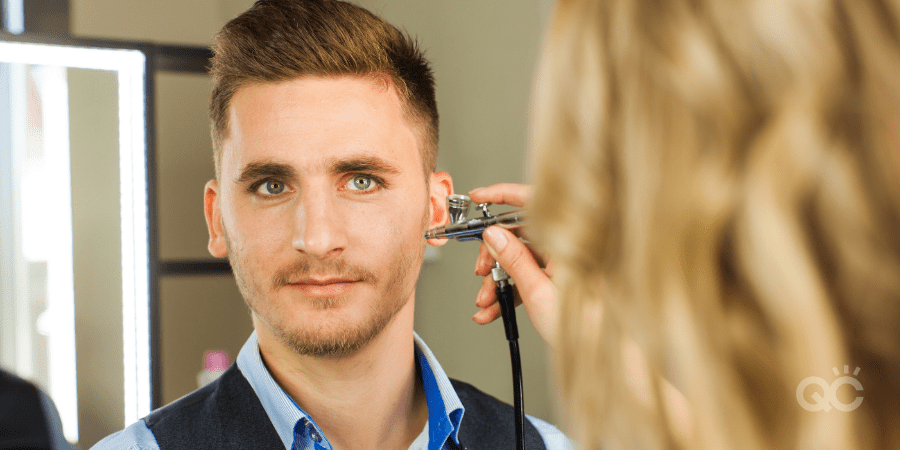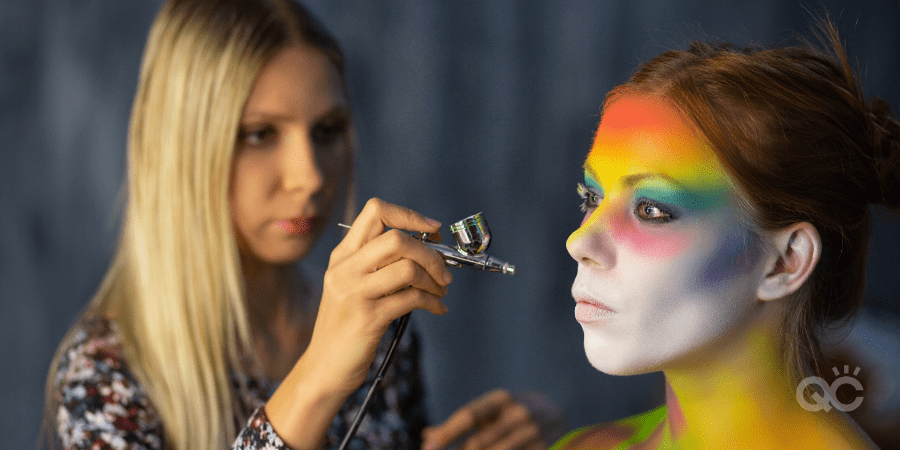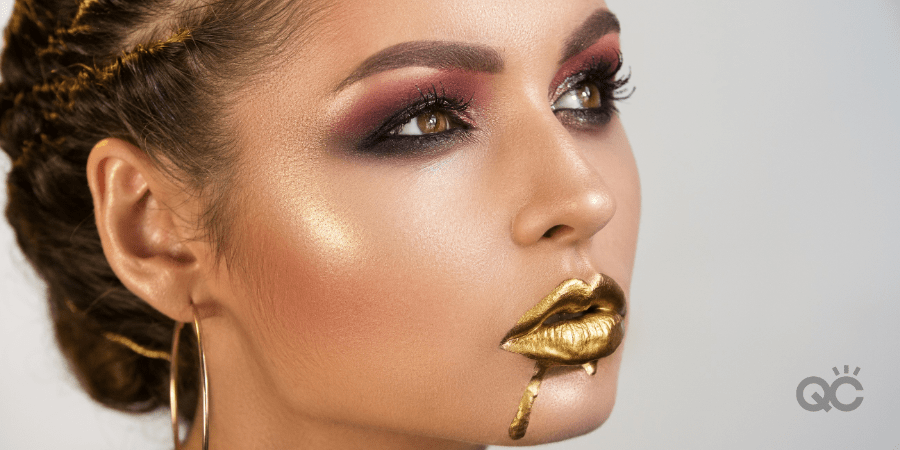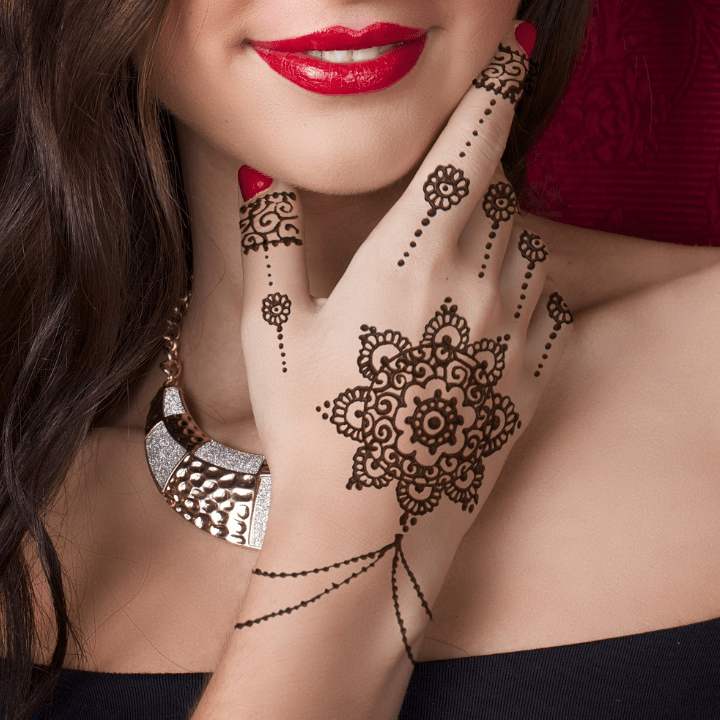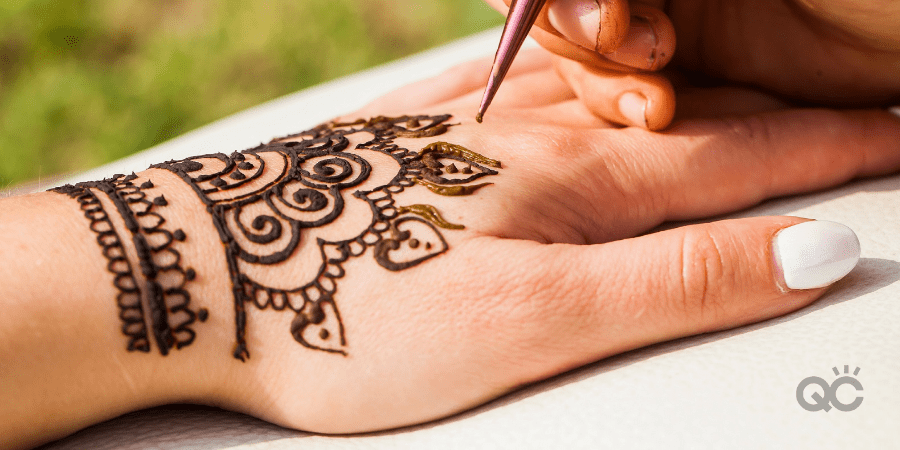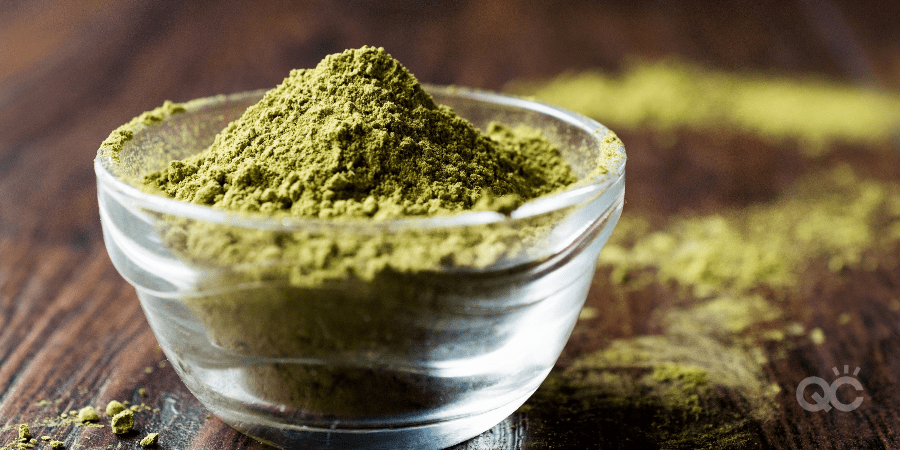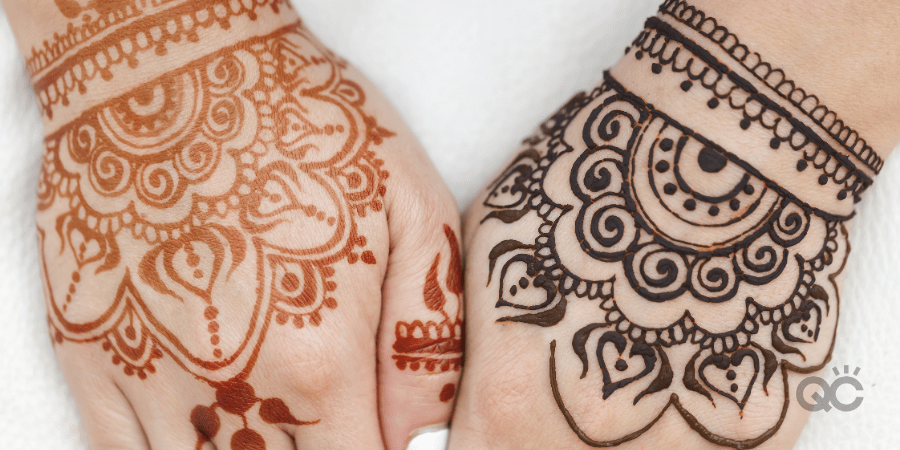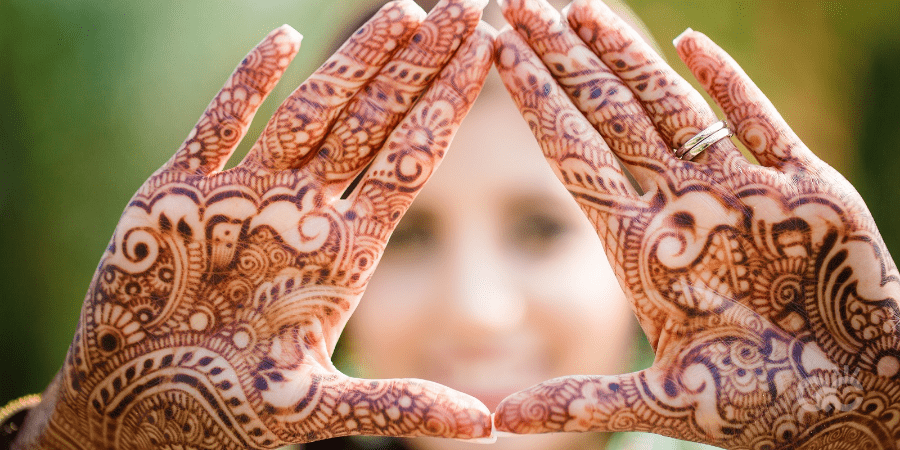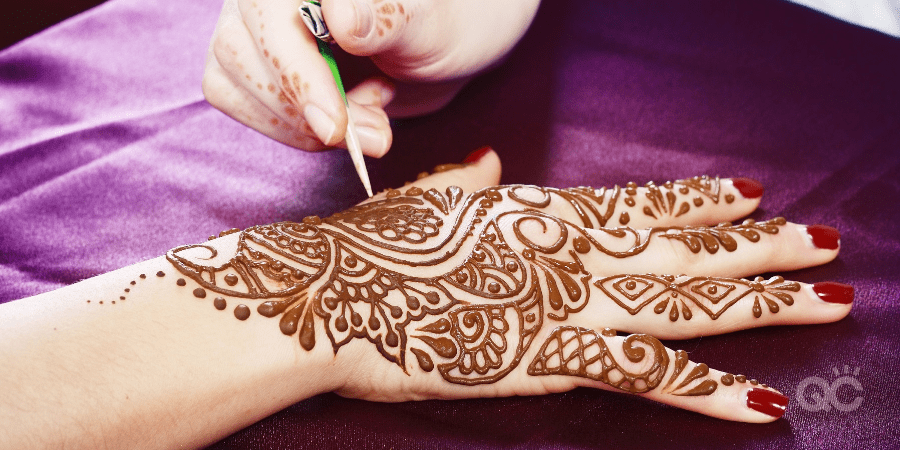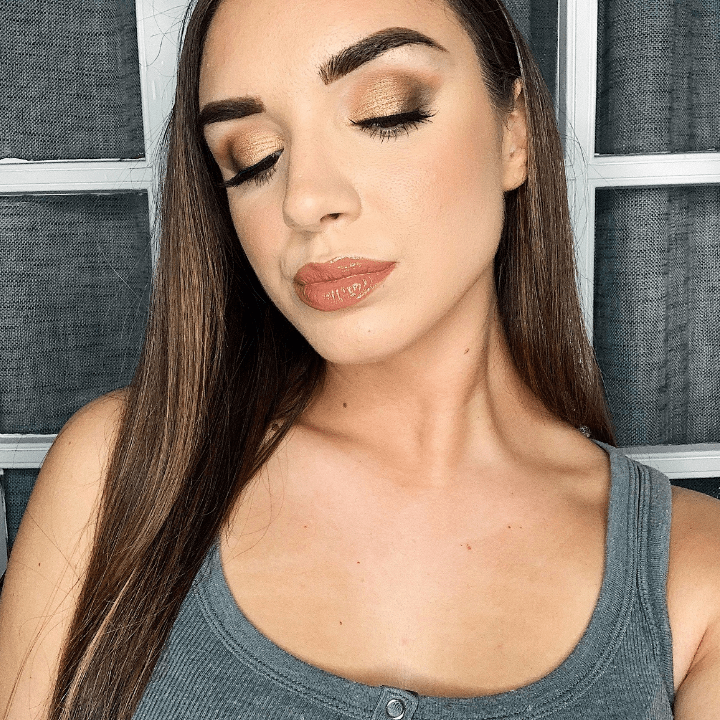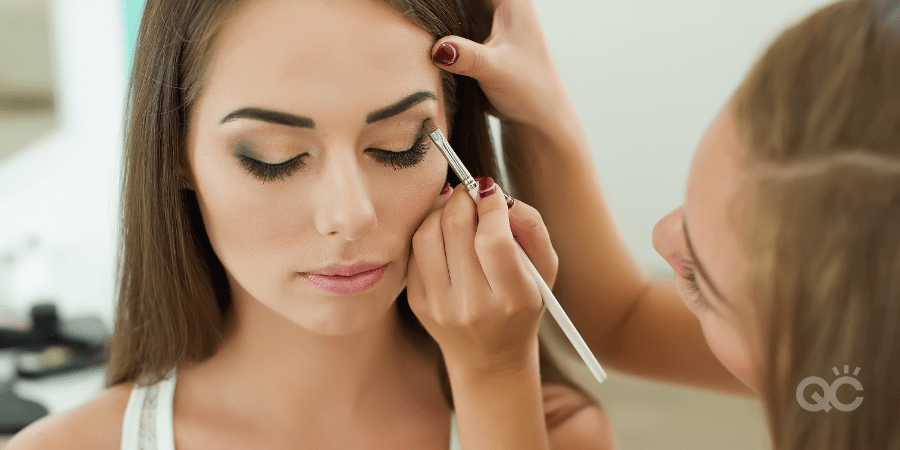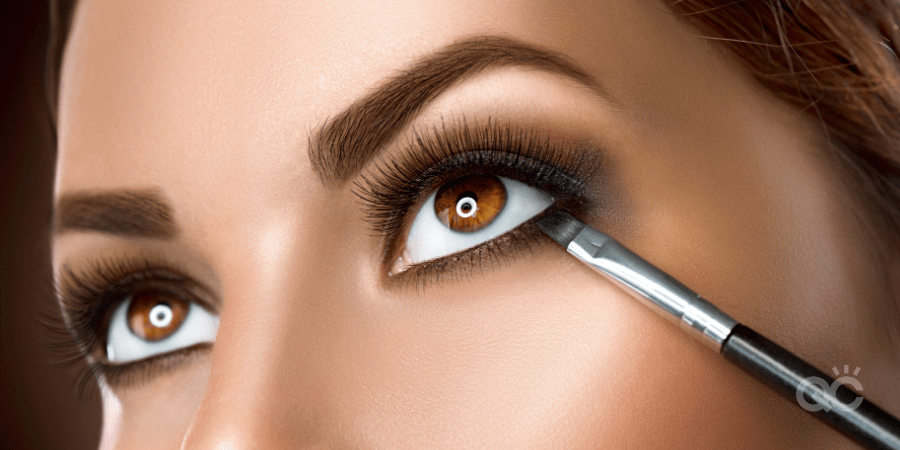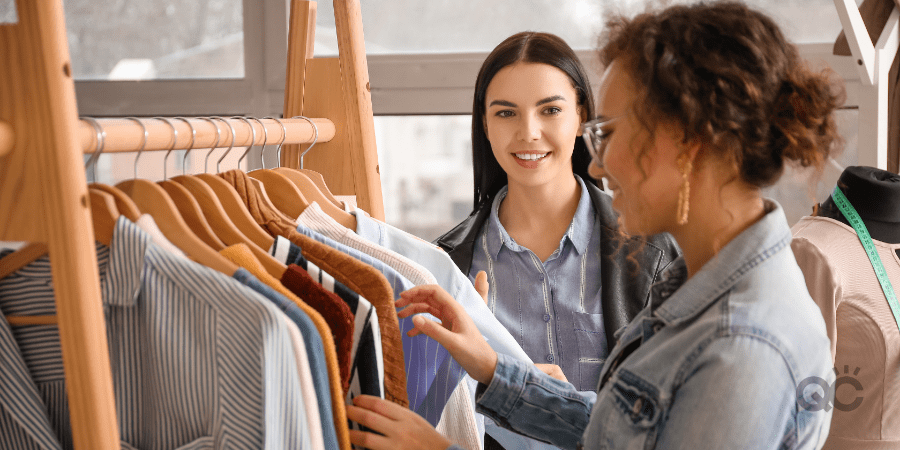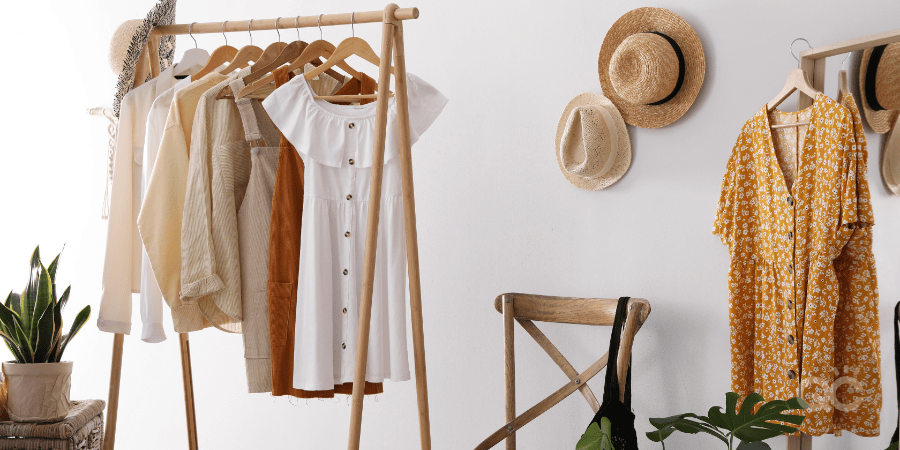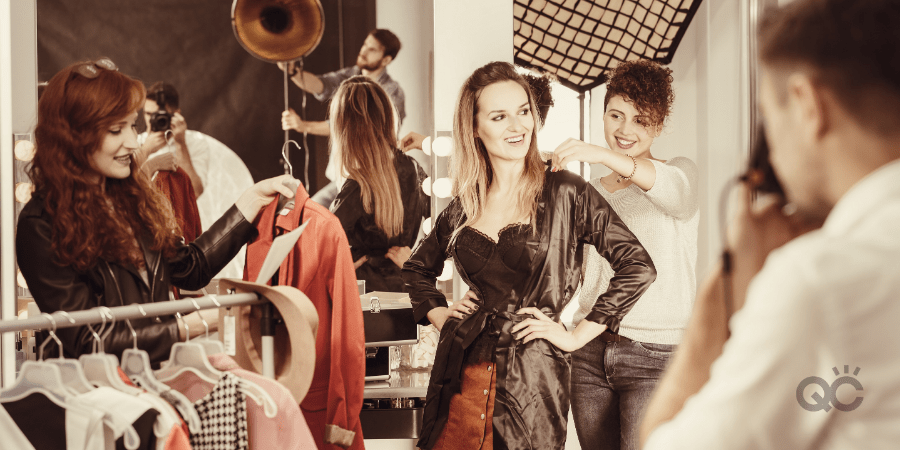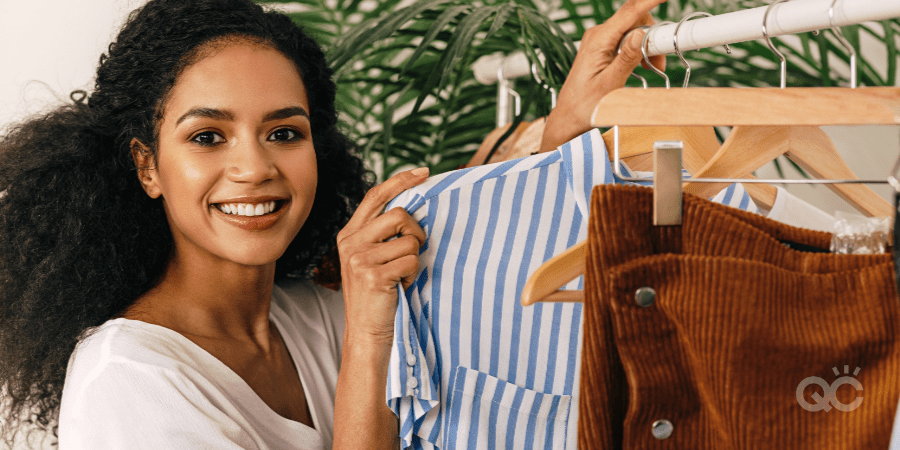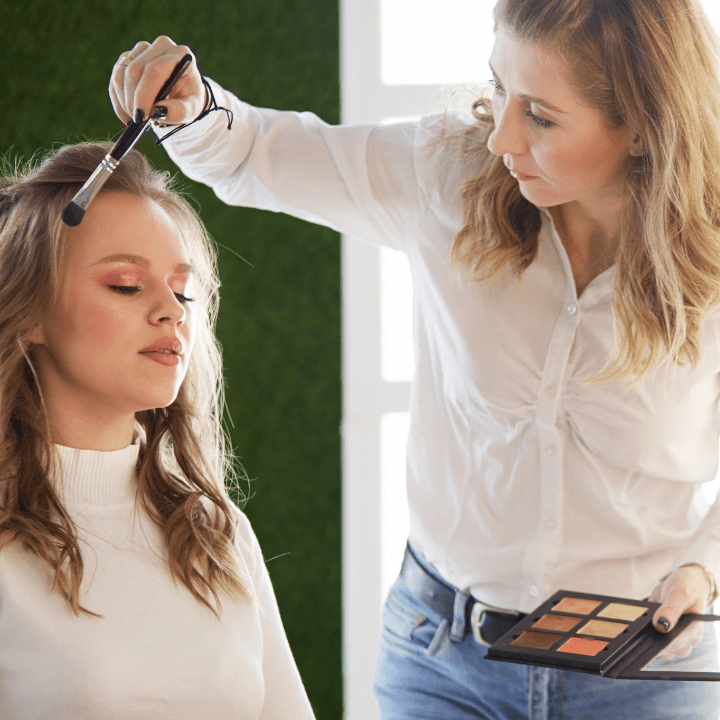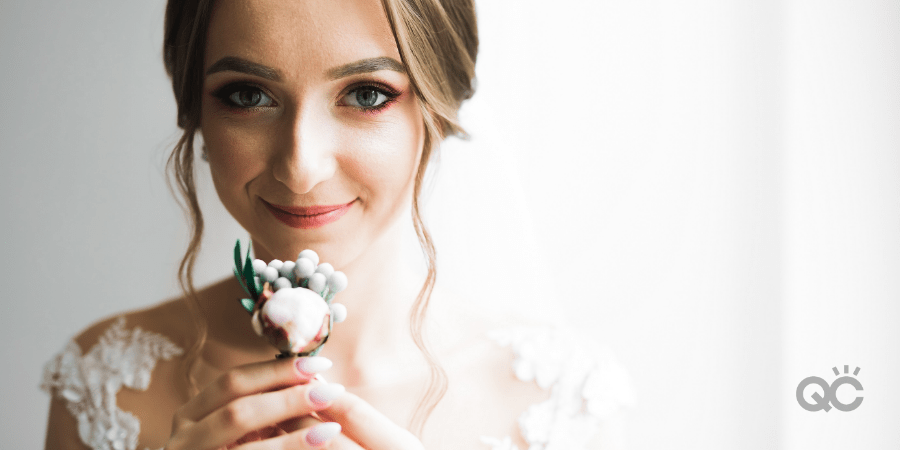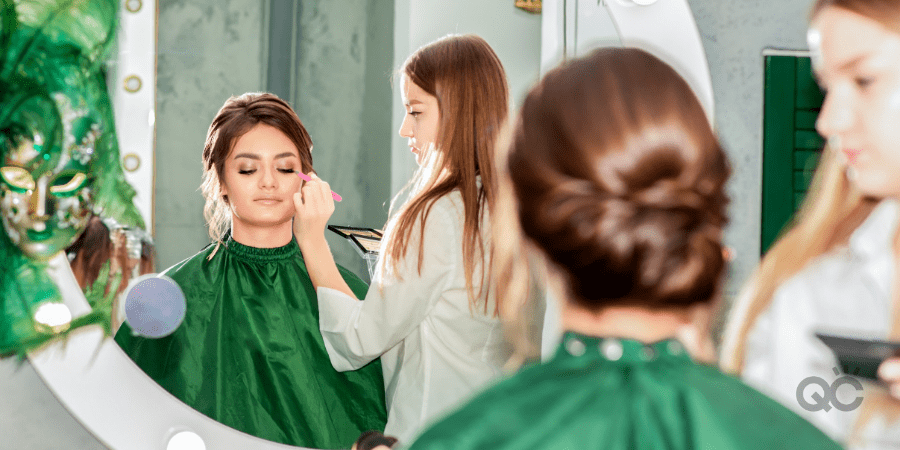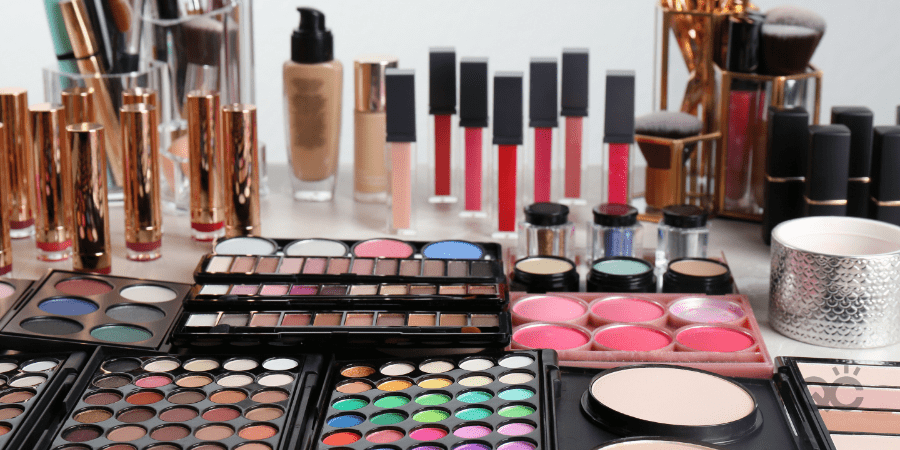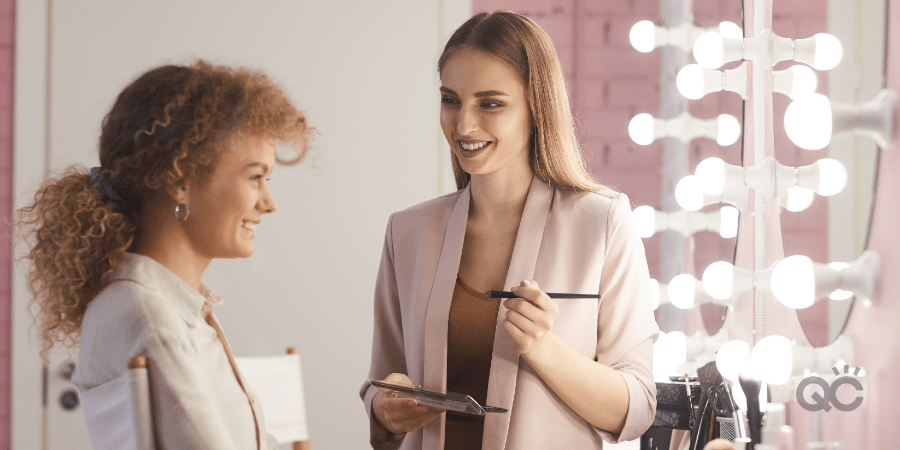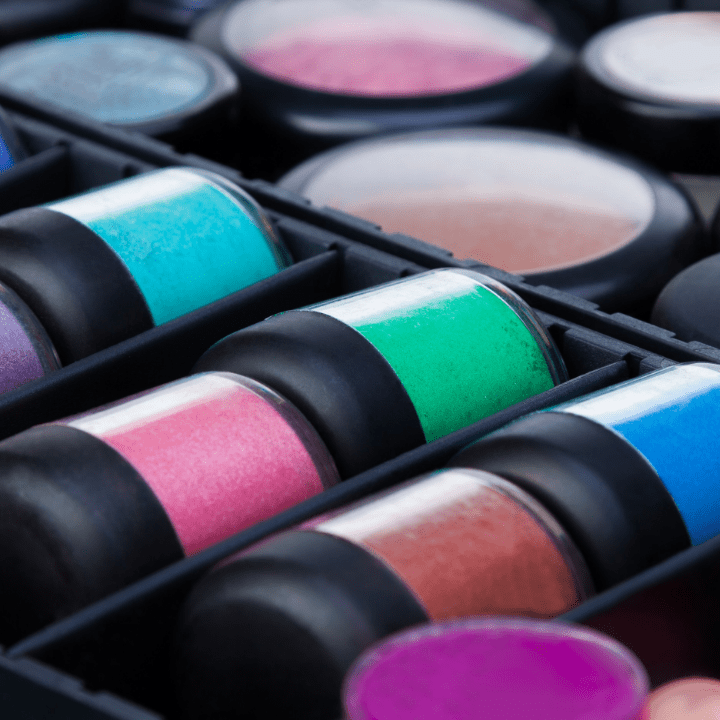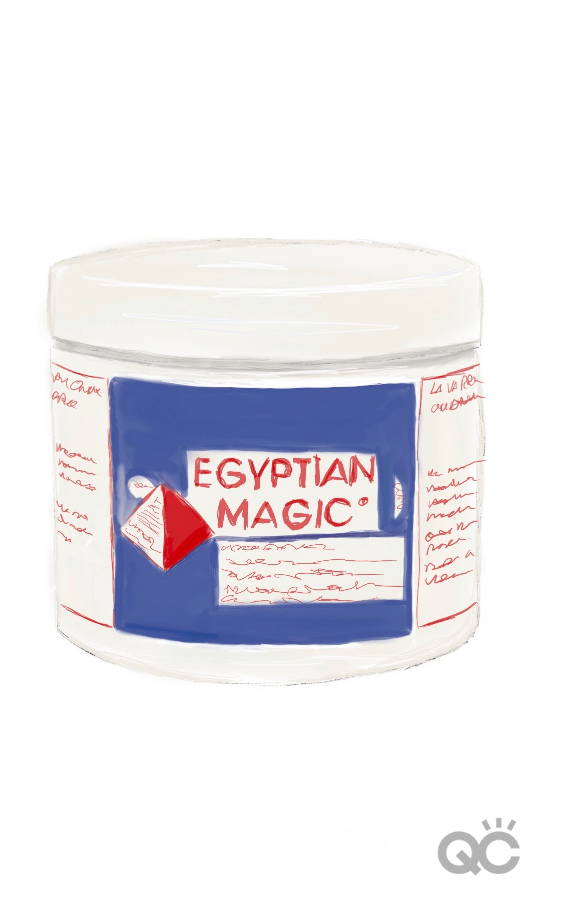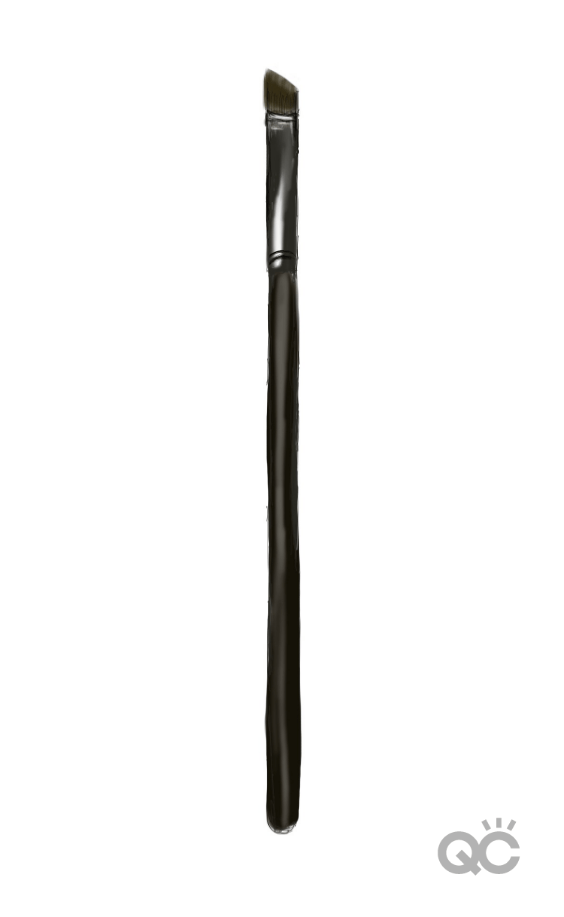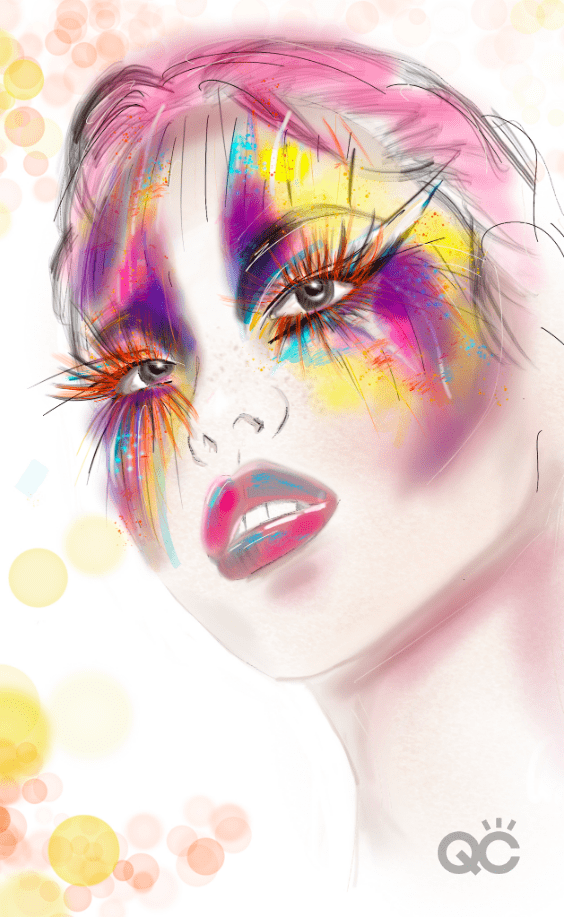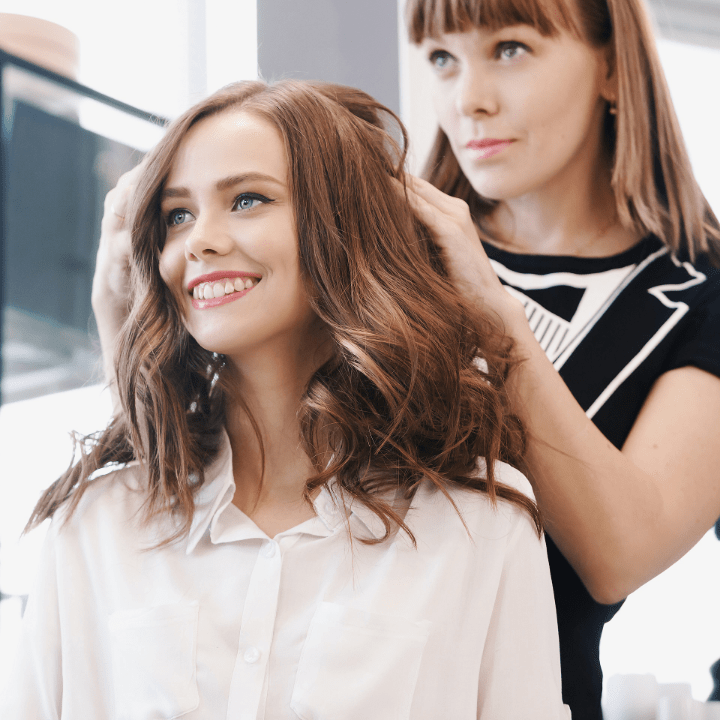
Thinking of adding hair styling services to your makeup business? Online beauty school can help teach you everything you need to know, so you can take your hair skills all the way to an expert level. Not to mention, a hair styling course will arm you with a professional certification that’ll look mighty fine on your resume and definitely impress clients!
Of course, there’s more to being a hair stylist than just knowing the theory. You’ll also be taught how to execute various techniques and applications, so you can thrive in real-world situations. In order to do this, you’re going to need to purchase a few things first.
After all, every trade needs its tools. Being an MUA, you already know that! So, what are the holy grail essential items to stock up on in order to be a successful hair stylist?
Let’s take a look!

7 Must-Have Hair Styling Tools
These are the physical instruments you’ll use in your work to either manipulate the hair (using some degree of heat), or hold it in place. If you want to be a hair stylist, it won’t be enough to simply have a few clips and some hair ties. There’s a lot more to styling than that!
The following are the most common, must-have tools to invest in…
1. Hair Brushes
You can’t style hair if it’s full of tangles. The first step will almost always be to brush out your client’s hair, so it’s smooth and knot-fee! Different brushes come with different bristles, which can impact the hair’s volume and drying time. It’s important that you know what each brush does, so you know when is the best time to use it.
Some of the different types of bristles include:
- Natural bristles – usually made of boar or hog hair. They are gentle on hair, and best used for daily brushing.
- Nylon bristles – usually made of plastic, nylon, or rubber. Requires some stiffness, while still being flexible. These bristles are great for styling hair.
- Porcupine bristles – made of small, evenly-spaced tufts of bristles. Each tuft is made up of a combination of natural and nylon fibers. These bristles are great for styling, while remaining gentle on hair.
- Metal bristles – made of metal, and often very stiff. For this reason, do NOT use on your client’s hair! These bristles are best used only one synthetic wigs and/or hair pieces.
The way the brush is shaped can also affect its use and purpose. Here are some examples of staple brush types to have in your hair styling kit:
- Paddle brushes – these are wide and typically shaped as a rectangle. In addition to smoothing hair and reducing static, they’re great for long hair and straight styles.
- Roller, curling, and/or round brushes – these are most often shaped like cylinders. When used with heat, these brushes can add volume to your client’s roots, as well as add loose curls.
- Volumizing brushes – these brushes have less bristles than round brushes, as well as holes to allow warm air flow. Also known as “vent brushes”, they are fantastic for styling hair.
- Smoothing brushes – these are your average, day-to-day brushes. Thanks to their natural and/or nylon bristles and rubber cushion, they’re excellent at smoothing, detangling, and reducing static in hair.
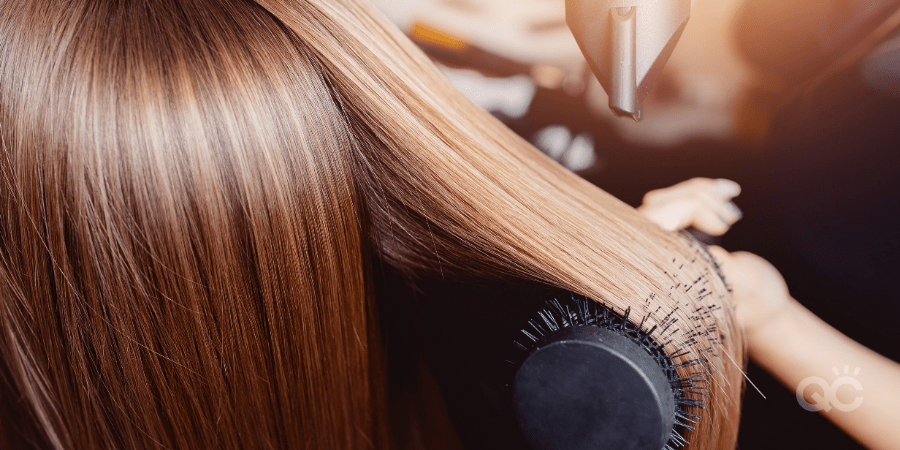
2. Combs
Due to their smaller size, combs don’t allow for the same surface area coverage as brushes. They require a gentler hand, and should not be hastily yanked through the hair. While typically less damaging to the hair when brushing, they’re not quite as effective for styling. However, they make up for this with their ability to comb out tangles and “tease” hair at the roots.
Online beauty school will help teach you about which combs are best used as part of your job as a hair stylist, such as:
- Tail combs – designed with a pointed tip, to help you divide your client’s hair into sections and parts.
- Pick combs – these have evenly-spaced “teeth” to help separate curls, add volume, and create a softer look.
- Fine and medium combs – fine combs have thin, closely-spaced teeth, whereas medium combs have thicker teeth which are more widely spaced. Both combs are great for back combing and detangling your client’s hair.
- Wide tooth combs – with their slightly thick, evenly-spaced teeth, these combs are best at working conditioner through wet hair and detangling knots.
3. Blow Dryers
Whether you’re starting off your client’s appointment by washing her hair, or you need to dampen it for any reason, it’s going to need to be dried before you proceed with styling it. Remember: other heating tools – such as straighteners and curling wands – can NEVER be used on damp or wet hair!
To dry hair safely, the only tool you can use is a hair dryer.
That being said, there’s more than one kind of hair dryer. For instance, do you know the difference between the functionality of an ionic dryer, versus a ceramic dryer? Do you know the similarities that tourmaline dryers have in common with both ionic and ceramic dryers? What are the different types of rollers, wraps, and hoods?
Your online beauty school’s hair styling course will answer all of these questions, and more!
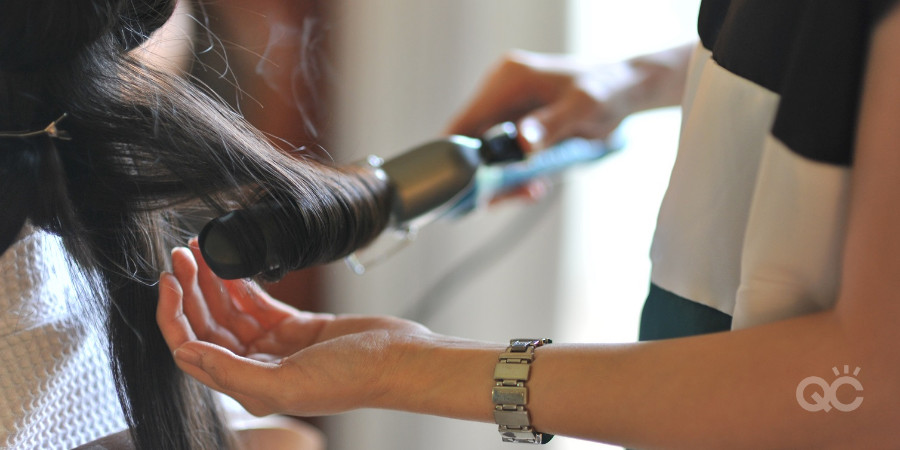
4. Curling Irons, Curling Wands, and Marcel Irons
The main things these 3 heat-manipulating tools have in common is that they help to create curls in your client’s hair. Beyond that, they have distinct differences that affect the way you make those curls, as well as what the final product will look like.
Because of how strongly these tools rely on heat, it’s critical that you learn the proper techniques and safety measures needed when operating them. We’re sure you’ve seen at least one of those YouTube videos of someone holding their curler too close to the scalp, or holding it in place way too long.
The result? Burns, hair loss, and one outraged client. Always remember that you’re dealing with your client’s hair, and damaging it in any way can directly impact her overall appearance. Improper use of these kinds of tools can be the quickest way to accidentally hurting your client – and your professional reputation!
5. Hair Straighteners and Flat Irons
Continuing on the topic of heat-using styling tools, another must-have, staple piece of equipment is a straightener and/or flat iron. As the name suggests, these tools are used to smooth out hair and give it a pin-straight appearance.
There are also additional ways you can use straighteners and flat irons to manipulate the style of your client’s hair. A recent trend, for example, has been to use straighteners to achieve a curling effect; used in the place of a traditional curling iron. Crimpers are another example of a tool within the same family, which can be used to create natural-looking, wavy hair.
Pro Tip: As we previously mentioned (but it’s definitely worth mentioning again), NEVER use any straighteners, flat irons, crimpers, or curling tools on anything other than dry hair. Doing otherwise can fry your client’s hair to a crisp, and seriously damage it!
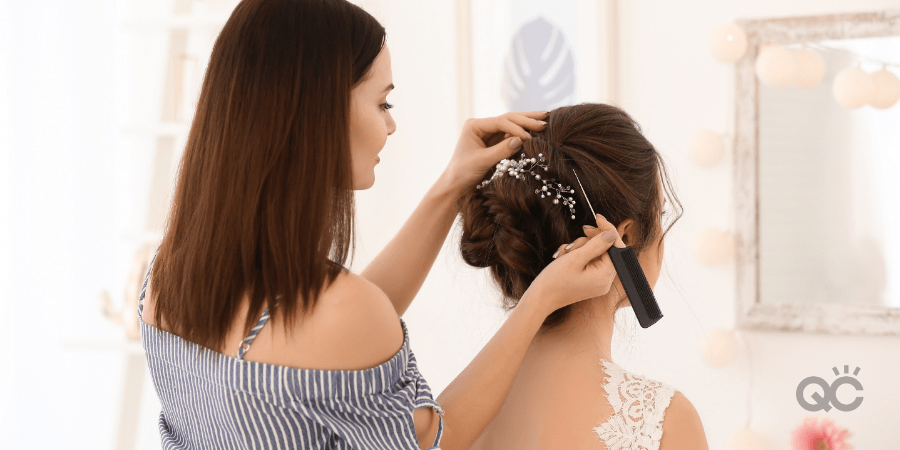
6. Clamps, Clips, and Bobby Pins
Brushes and heat tools are great for styling hair to a certain extent. However, if your client wishes for specific styles or up-dos, you may require some additional help! This is where clips, clamps, and bobby pins come into play.
Depending on the type you use, there will be a different shape. This is because it’s designed for specific hair styling uses. A bobby pin, for example, won’t be able to do the same thing as a spin pin. In addition, certain clamps and clips (such as yoyettes alligator clips) are meant to assist you during the styling process, rather than being used in the actual finished product.
Online beauty school will ensure to break down everything you need to know about the various different kinds of clips, clamps, and bobby pins. This way, you’ll know exactly which types to purchase for your hair styling kit!
7. Hair Ties/Elastics
Last but not least, it goes without saying that for every hair stylist, elastics are a MUST! How else can you be expected to secure your client’s hair in an up-do, a braid, etc.? Clips and bobby pins can only do so much.
It kind of sounds like a given to include elastics on this list (I mean, duh), but it feels like it’d be even sillier not to throw that in there!
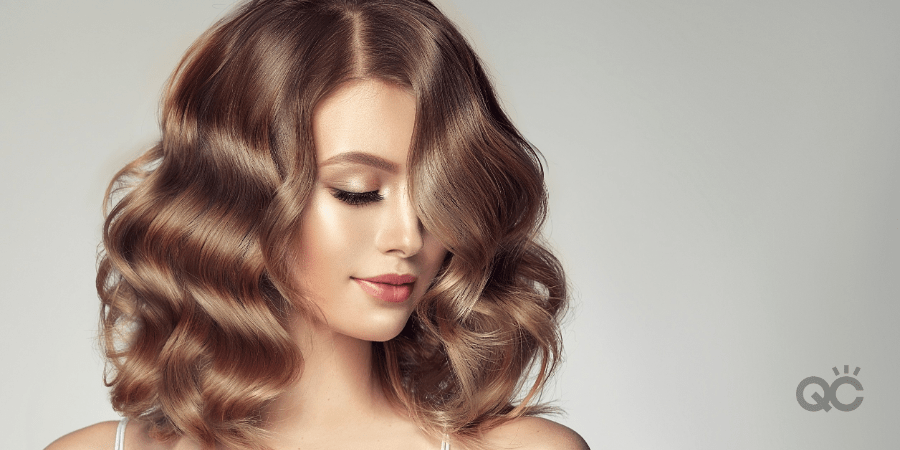
Can you think of any other hair styling tools that are essential to have as a stylist? Let us know in the comments below!

